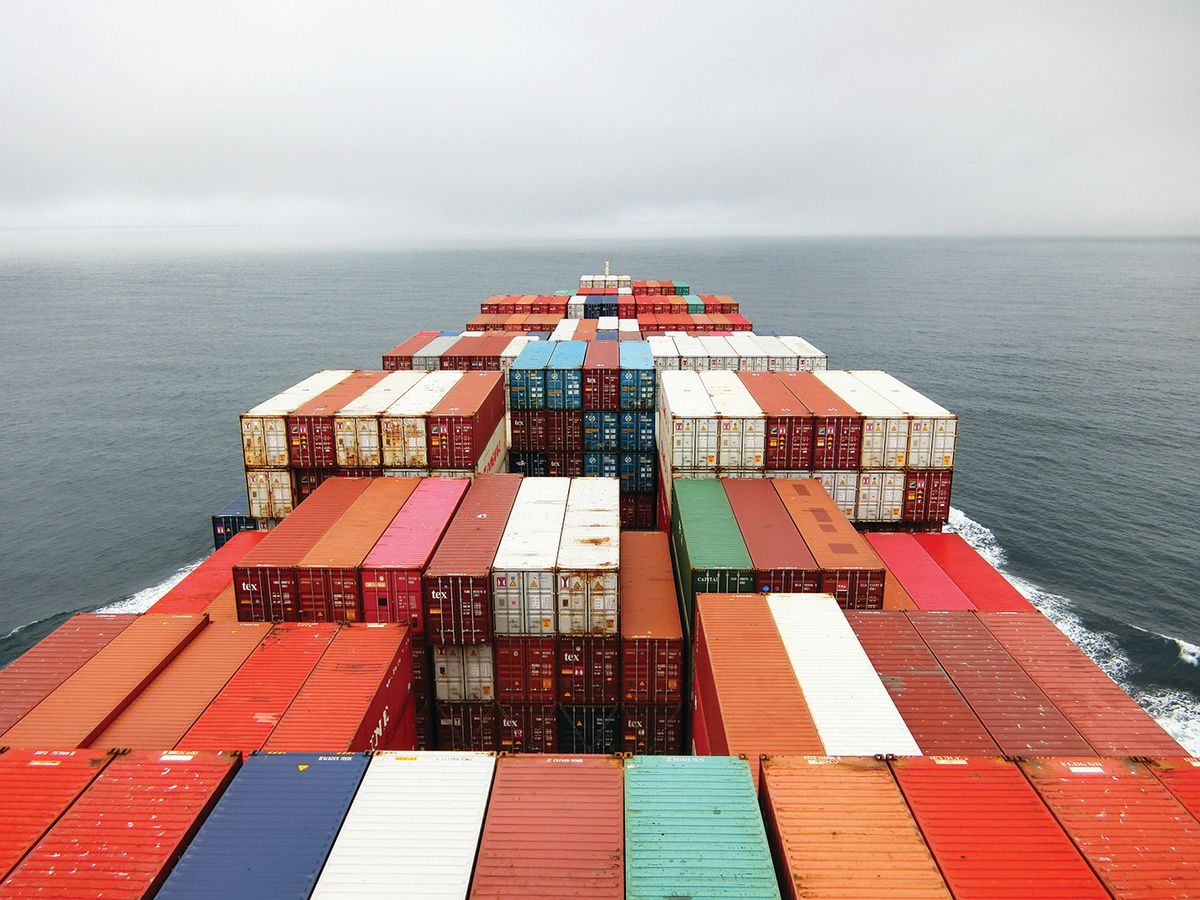Art fairs are back! But things have changed radically in the 18 months since Covid-19 forced almost all to be cancelled. In the meantime, extreme weather events, from China to California, from drastic flooding to out-of-control wildfires, have thrown an even brighter spotlight, if that is possible, on climate change and its consequences.
Against the background of these extraordinary events, attending an art fair may seem irrelevant, but even at such a granular level there are things collectors, artists, dealers and the merely curious can do to reduce their carbon footprint and collect art in a more sustainable way.
So, what should you be thinking about as you navigate the fair?
Collectors
The first step should have been before you even arrived: getting to Regent’s Park. “Public transport is far less carbon intensive than a private car,” says Heath Lowndes, the managing director of the not-for-profit Gallery Climate Coalition (GCC), which has a stand at the fair. And let’s not even talk about that private jet! Even a first-class seat on a scheduled flight has a carbon footprint four times that of a coach seat. Attending other European fairs by train, rather than air, is more climate conscious, too.
You could also have researched some of the galleries you intend to visit at Frieze—almost 200 are members of GCC. They have pledged to try to reduce carbon emissions in the next ten years, and the GCC website has a handy carbon calculator to help them.
But persuading collectors to engage is an uphill job. The art adviser Lisa Schiff—who worked for years for the Leonardo DiCaprio Foundation, which is engaged in environmental issues—says the facts about climate change are so “paralysing that people shut down; it’s difficult to talk to them about this”. But she says that “we all have to make changes, starting with not travelling so much”.

Galleries
Florence Ingleby of Edinburgh’s Ingleby Gallery explains that the business’s primary aim is to “try and augment ‘the three Rs’—reduce, reuse, recycle—of our working practice to ‘the five Rs’—refuse, reduce, reuse, repurpose, recycle”. One of the gallery’s artists, James Hugonin, has a very low-impact approach: he only makes one painting a year. Another with a sustainable approach was Roger Ackling, who focused sunlight to burn marks onto found wood, a slow and meditative process. Ingleby is bringing two of these sculptures to Frieze.
For Jeremy Epstein of the London-based Edel Assanti gallery, “the critical thing is for galleries to keep sustainability in the forefront of their mind—for instance, using the GCC carbon calculator”. He says cutting down on travel is important, and the gallery has started thinking about working with artists who are in close proximity, so reducing the physical movement of works. At Frieze, the gallery is showing a large-scale film by Noémie Goudal, Below the Deep South (2021), in which a lush tropical forest turns out to be a staged installation consumed by flames.
Artists
Many artists are already deeply engaged with environmental issues. Gavin Turk, for example, says: “Everything we do should be seen through the lens of the environment.” He says he has put three large-scale sculptural projects on hold “while I try to figure out the implications of large casting, carbon imprint and transportation—I am trying to recalibrate how to make them”. And he is talking to the not-for-profit Julie’s Bicycle about how to achieve this.
He notes that environmental concerns have been sparking a return to painting and using found objects that are not so bad for the environment. “I’ve always been interested in all forms of recycling, from materials to ideas,” he says, “but this definitely has become much stronger now.” At Frieze, the dealer Ben Brown is showing some of Turk’s works, including a painting that riffs on Maurizio Cattelan’s famous—or notorious—banana.
Shipping and packaging
Here are two areas where collectors can make a difference—by waiting a little! “Obviously, when you buy something, you want to get it quickly,” Lowndes says, “but you can reduce carbon emissions and bring the cost down by up to 95% if you choose sea freight over air freight, particularly if you request consolidated consignments.” This does pose some insurance problems—sea freight has higher humidity and temperature levels—but progress is being made in sealed crating to overcome this.
Packaging can also be changed. “The perception is that when someone spends big bucks on a work of art, it should arrive in pristine packaging as well,” Lowndes says, “but there are recycled and bio-based products on the market; they may look scruffy, but they are better for the environment.”
It is all a question of changing behaviour in many areas: as the artist Heather Ackroyd of the action group Culture Declares Emergency says: “We’re not at a tipping point any longer, it’s now a tipping cascade.”
• Representatives of Culture Declares Emergency will be present at Frieze on the GCC stand on 16 October, between 3pm and 5pm


